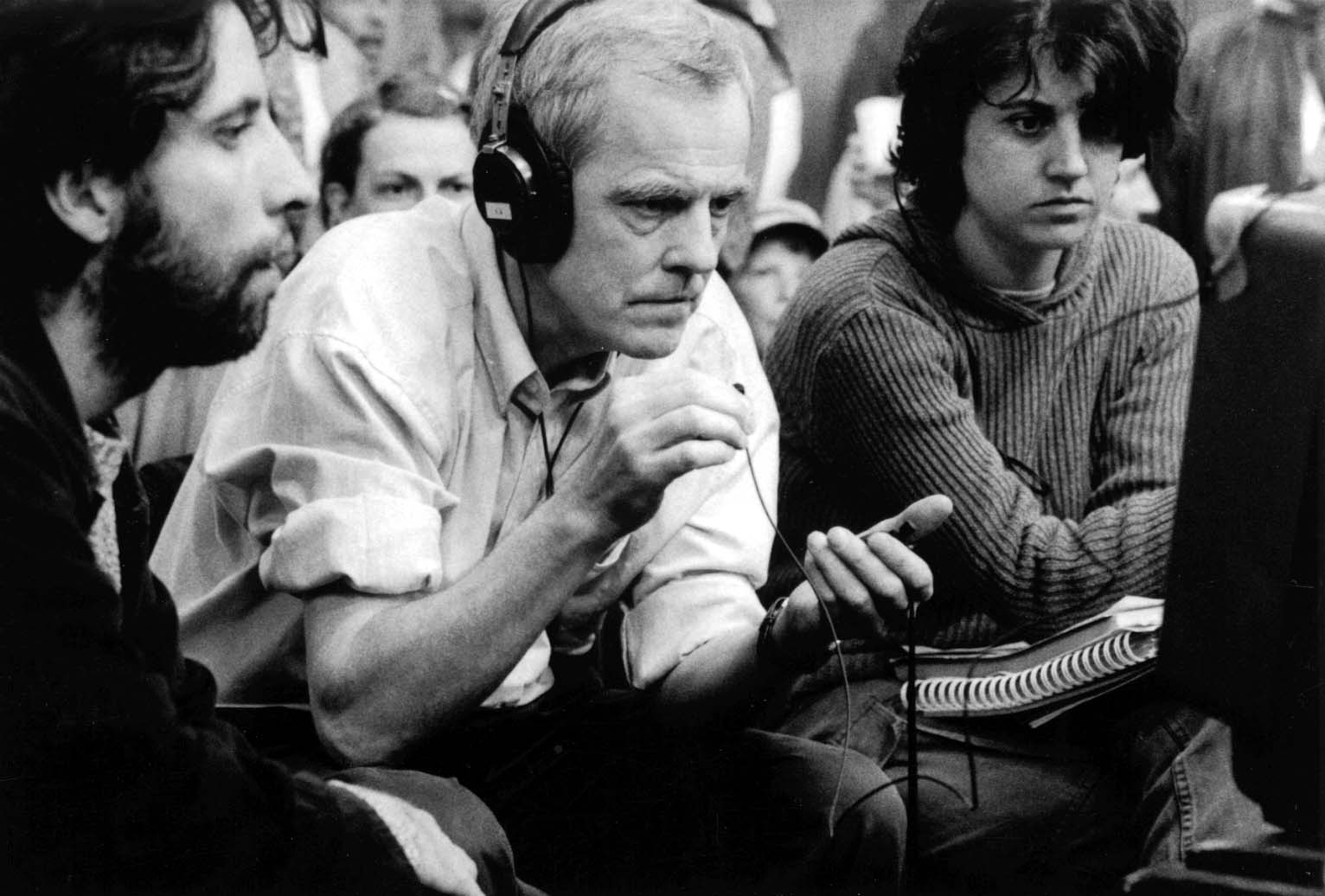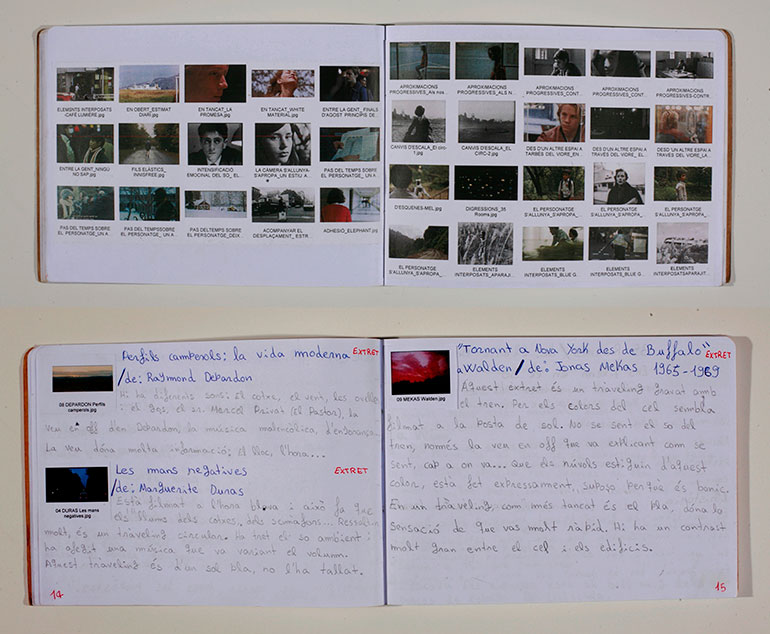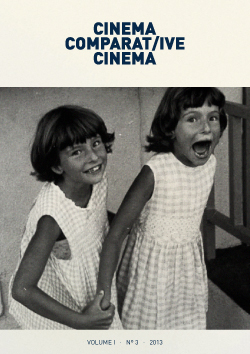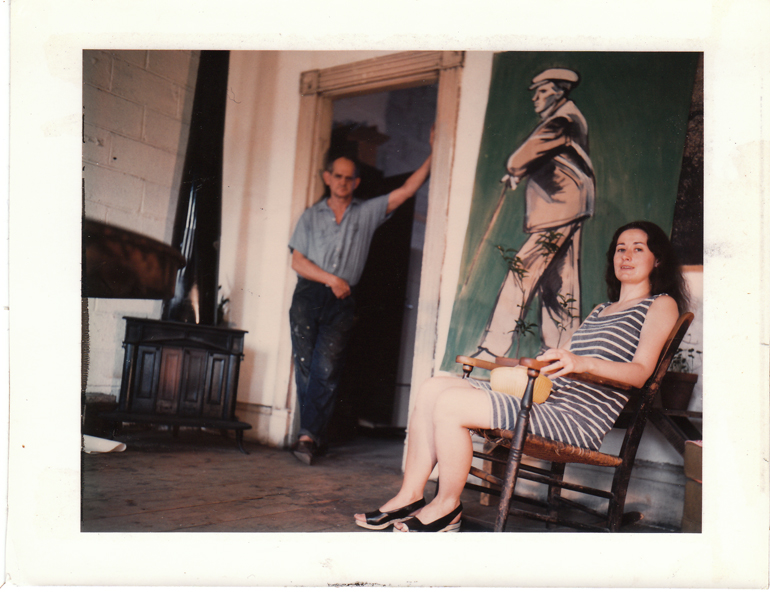DOWNLOAD |
Nº 3 WORDS AS IMAGES, THE VOICE-OVEREditorial DOCUMENTSAs I Was Moving Ahead Occasionally I Saw Brief Glimpses of Beauty The Word Is Image Back to voice: on voices over, in, out, through FILMS UNDER DISCUSSION. INTERVIEWSABSTRACT ABSTRACT ARTICLESABSTRACT ABSTRACT ABSTRACT ABSTRACT REVIEWSGertrud Koch. Screen Dynamics. Mapping the Borders of Cinema Sergi Sánchez. Hacia una imagen no-tiempo. Deleuze y el cine contemporáneo Antonio Somaini. Ejzenštejn. Il cinema, le arti, il montaggio
|
CALL FOR PAPERS Nº 15
Deadline for submissions: [EXTENDED] January 30th, 2020.
More information HERE.
ONLINE DOCUMENTS

ONLINE DOCUMENTS No. 7
Notes on the Media Crisis
Peter Watkins

ONLINE DOCUMENTS No. 5
The Screenings: Watching Creation from Nearby
Cinema en curs
The Creation Process
Cinema en curs
ONLINE DOCUMENTS No. 4
Catallegory fatigue
Miguel Amorim



